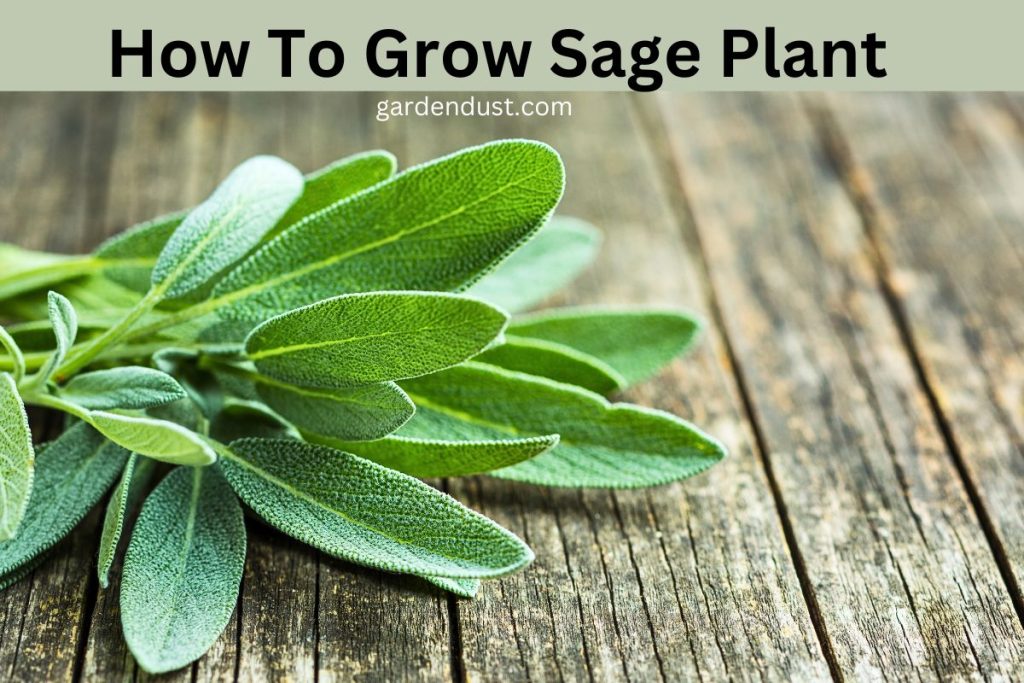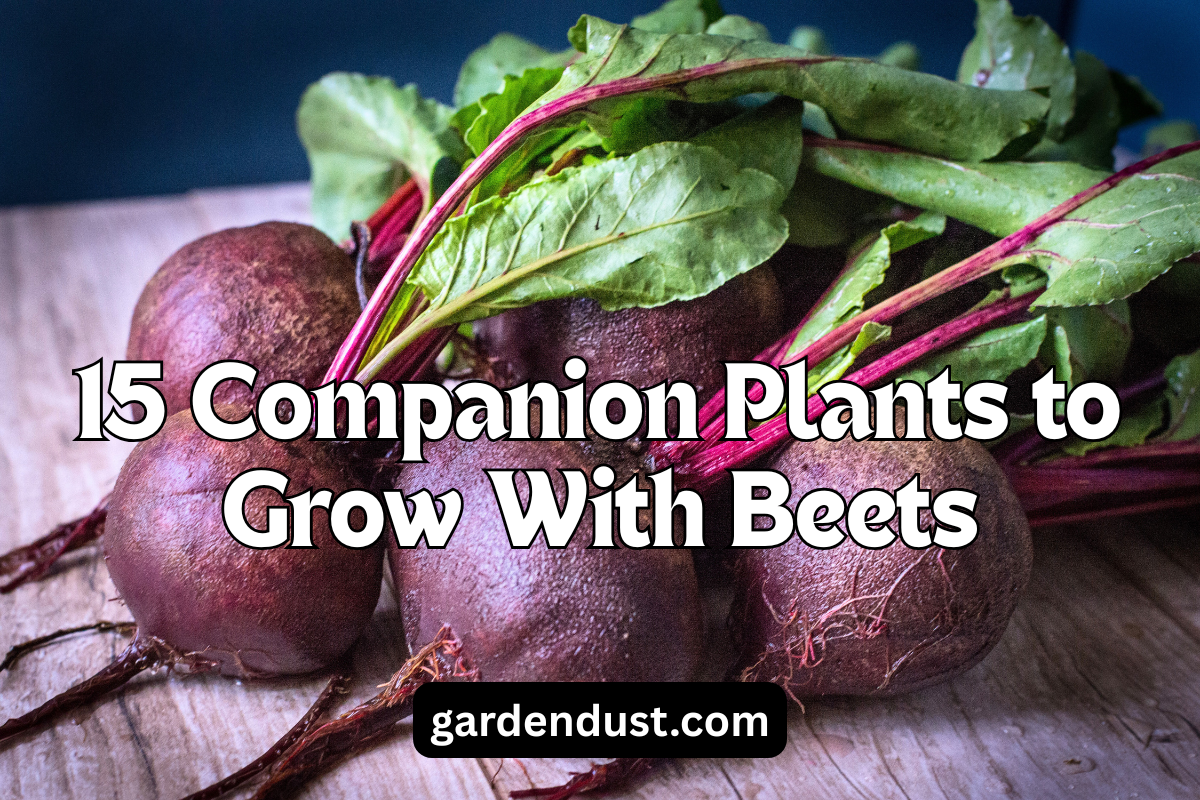Sage, with its aromatic leaves and versatile uses, is a delightful addition to any herb garden. Whether you’re a seasoned gardener or a novice with a green thumb, cultivating sage is a rewarding experience. This resilient herb not only adds flavor to your culinary creations but also boasts medicinal properties. In this comprehensive guide, we’ll walk you through the step-by-step process of how to grow sage plant, from selecting the right variety and preparing the soil to caring for your sage throughout its growth cycle.
Botanical Name: Salvia officinalis
Native: Mediterranean region
Genus: Salvia
Family: Lamiaceae (mint family)
Common Name: Sage
Plant Type: Herbaceous perennial
Choosing the Right Sage Variety
Before you embark on your sage-growing journey, it’s crucial to choose the right variety for your specific needs. Common sage (Salvia officinalis) is the most popular choice, known for its intense flavor and gray-green leaves. Other varieties like pineapple sage (Salvia elegans) and purple sage (Salvia officinalis ‘Purpurascens’) offer unique flavors and colors, adding diversity to your herb garden.
Soil Preparation
Sage thrives in well-draining soil with a slightly acidic to neutral pH level (around 6.0 to 7.0). Begin by preparing the soil in early spring or fall, incorporating organic matter such as compost to enhance fertility and drainage. Sage plants detest soggy conditions, so ensure proper drainage to prevent root rot.
READ ALSO:-Herb Gardening: A Beginner’s Guide
Planting Sage from Seeds
Sage can be grown from seeds or propagated through cuttings, but starting from seeds allows you to witness the entire growth process. Begin by planting seeds indoors about 6-8 weeks before the last expected frost. Use a seed-starting mix and plant the seeds 1/4 inch deep. Maintain a consistent temperature of 60-70°F (15-21°C) for optimal germination. Once the seedlings have two sets of true leaves, transplant them into individual pots.
Transplanting Sage Seedlings
When the danger of frost has passed, and your sage seedlings are at least 4 inches tall, it’s time to transplant them into the garden. Choose a sunny location with well-draining soil, spacing the plants 18-24 inches apart. Gently remove the seedlings from their pots, being careful not to disturb the roots. Water the transplants thoroughly to help them establish in their new environment.
Sage Plant Care
Caring for your sage plants involves several key aspects to ensure robust growth and optimal flavor development. Water your sage plants deeply but infrequently, allowing the soil to dry out between watering to prevent root rot. Mulching around the base of the plants helps retain moisture and suppress weeds.
Pruning is essential for shaping your sage plants and encouraging bushier growth. Pinch back the tips regularly, especially in the early stages of growth, to promote branching. Additionally, removing any yellow or dead leaves maintains the plant’s overall health.
Fertilize sparingly, as sage doesn’t require excessive nutrients. A balanced, all-purpose fertilizer applied in spring can support healthy growth. However, avoid over-fertilization, as this can lead to excessive foliage at the expense of essential oils and flavor.
Harvesting Sage
The optimal time to harvest sage leaves is in the morning when essential oil concentrations are at their peak. Wait until the plant is at least 6 inches tall before harvesting, and use clean, sharp scissors or pruning shears to cut the stems just above a pair of leaves. Regular harvesting encourages new growth and a bushier habit.
Drying and Storing Sage
To preserve the flavor of your sage harvest, drying is the preferred method. Bundle several stems together and hang them in a cool, dark, well-ventilated space. Once dry, remove the leaves from the stems and store them in airtight containers in a cool, dark place. Alternatively, freeze sage leaves for extended freshness.
Growing sage is a gratifying experience that rewards you with a versatile herb for culinary and medicinal purposes. By following these detailed steps, from selecting the right variety to harvesting and preserving, you’ll be on your way to cultivating a thriving sage garden. With proper care, your sage plants will not only enhance your dishes with their aromatic leaves but also contribute to a flourishing herb garden that delights the senses and nourishes the body. Happy Gardening…







